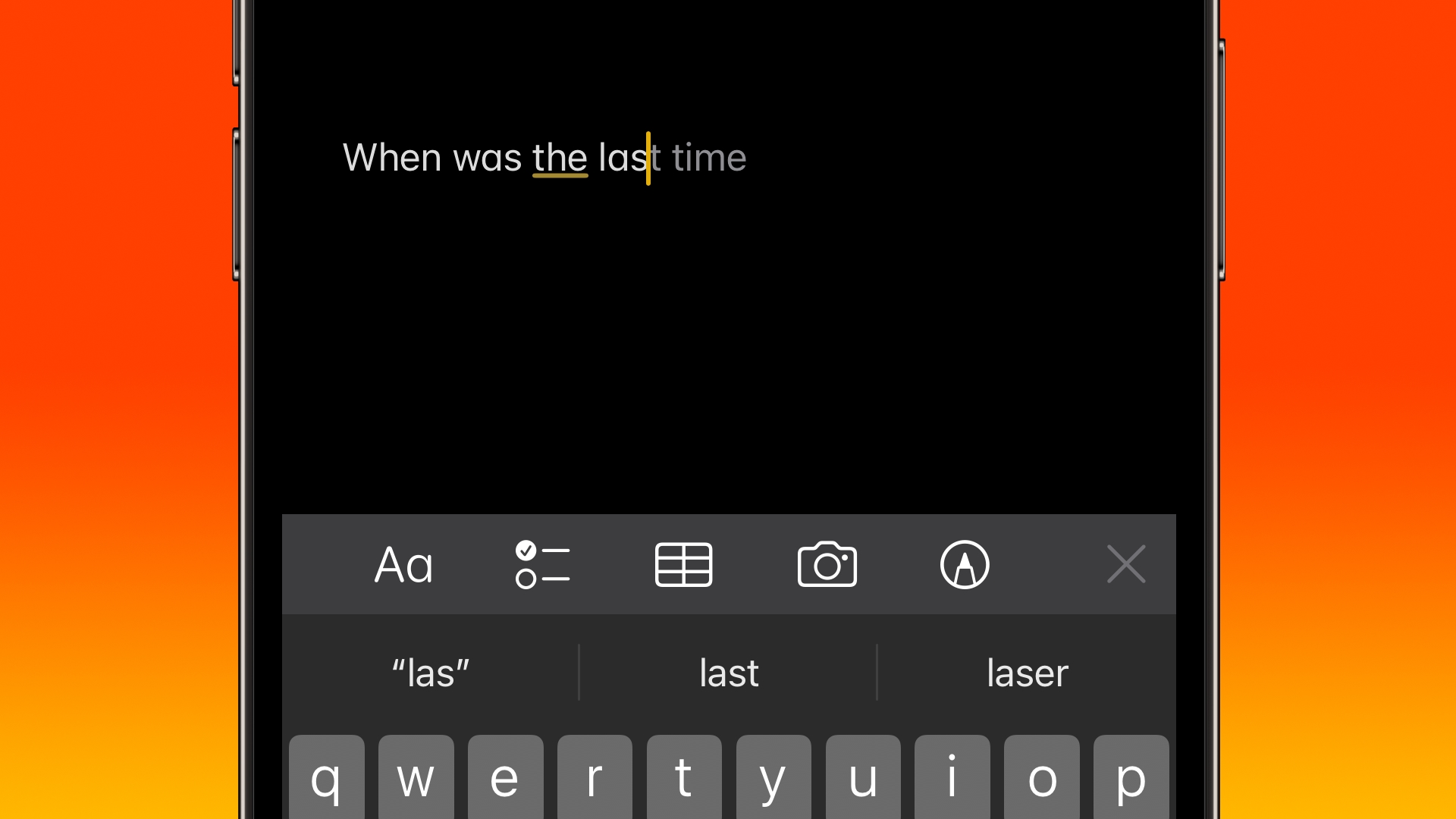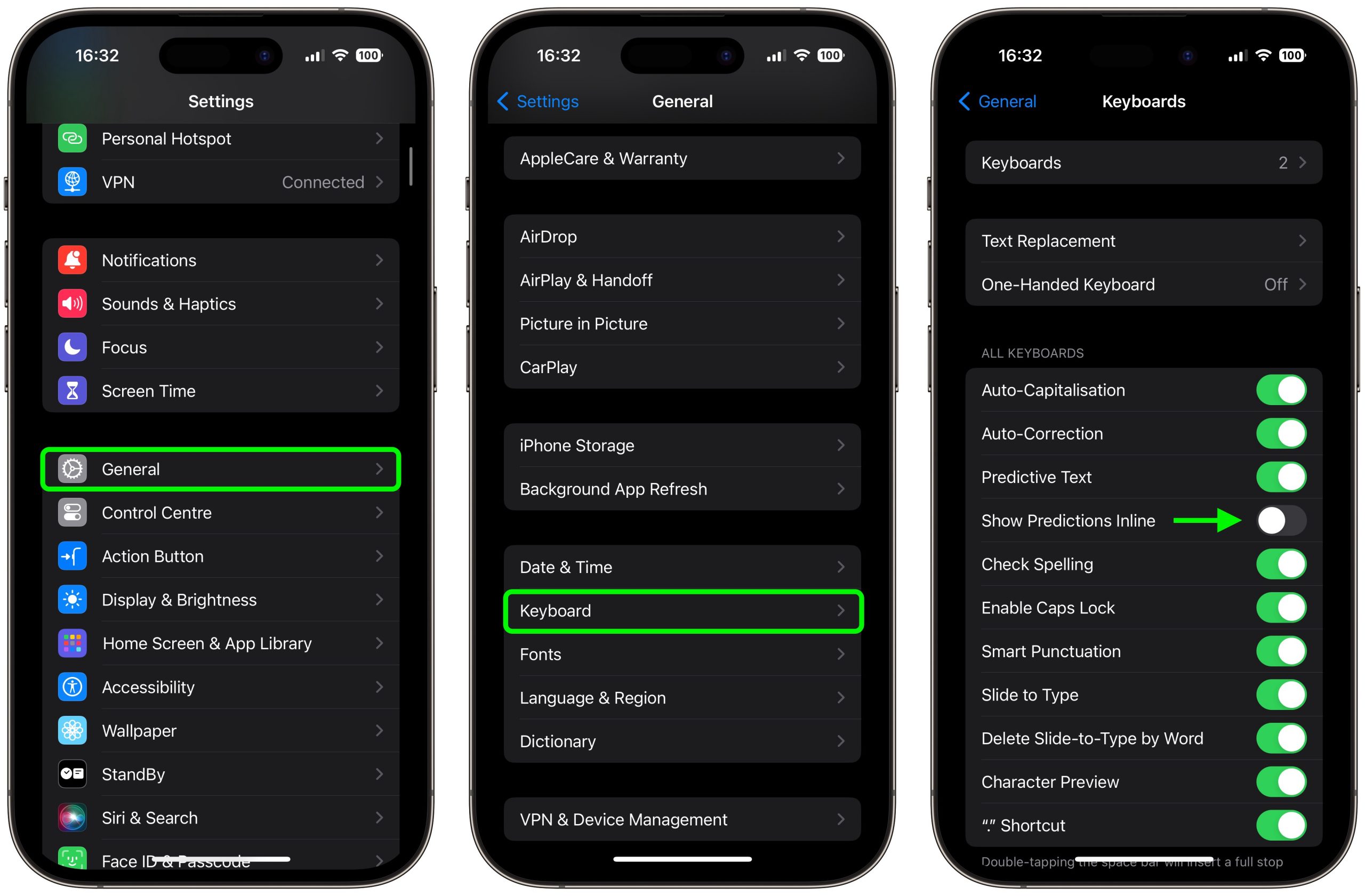



37sz4
Forum Replies Created
Viewing 3 replies - 1 through 3 (of 3 total)
TSMC has officially mentioned its work on 1.4nm fabrication technology that is likely destined to underpin future Apple silicon chips.
In a slide (via SemiAnalysis‘s Dylan Patel) from its Future of Logic panel, TSMC disclosed the official name of its 1.4nm node for the first time, “A14.” The company’s 1.4nm technology is expected to follow its “N2” 2nm chips.
N2 is scheduled for mass production in late 2025, to be followed by an enhanced “N2P” node in late 2026. As a result, it is unlikely that any A14 chips will arrive before 2027.
Apple was the first company to utilize TSMC’s 3nm technology with the A17 Pro chip in the iPhone 15 Pro and iPhone 15 Pro Max, and the company is likely to follow suit with the chipmaker’s upcoming nodes. Apple’s latest chip technology has historically appeared in the iPhone before making its way to the iPad and Mac lineups. With all of the latest information, here’s how the iPhone’s chip technology could look going forward:
- iPhone XR and XS (2018): A12 Bionic (7nm, N7)
- iPhone 11 lineup (2019): A13 Bionic (7nm, N7P)
- iPhone 12 lineup (2020): A14 Bionic (5nm, N5)
- iPhone 13 Pro (2021): A15 Bionic (5nm, N5P)
- iPhone 14 Pro (2022): A16 Bionic (4nm, N4P)
- iPhone 15 Pro (2023): A17 Pro (3nm, N3B)
- iPhone 16 Pro (2024): “A18” (3nm, N3E)
- “iPhone 17 Pro” (2025): “A19” (2nm, N2)
- “iPhone 18 Pro” (2026): “A20” (2nm, N2P)
- “iPhone 19 Pro” (2027): “A21” (1.4nm, A14)
The M1 series of Apple silicon chips is based on the A14 Bionic and uses TSMC’s N5 node, while the M2 and M3 series use N5P and N3B, respectively. The Apple Watch’s S4 and S5 chips use N7, the S6, S7, and S8 chips use N7P, and the latest S9 chip uses N4P.
Each successive TSMC node surpasses its predecessor in terms of transistor density, performance, and efficiency. Earlier this week, it emerged that TSMC had already demonstrated prototype 2nm chips to Apple ahead of their expected introduction in 2025.
Apple in iOS 17 added inline predictive text for iPhones, but did not include a way to turn it off independently of predictive suggestions above the keyboard. In the latest iOS 17.2 update, that’s changed.

Apple has improved its machine learning technology on iPhones in an effort to make iOS a lot more helpful, and one of the features in which this tech has been deployed is inline predictive text.
Predictive text does just what it says – it predicts what you’re going to type next, and offers to autocomplete it. As you type, the predicted text appears ahead of the cursor. If it has accurately predicted what you intend to type, all you need to do is tap the spacebar and iOS fills it in for you.
In previous versions of iOS 17, you could only disable inline predictive text by turning off predictive text wholesale – which meant you would also lose the predicted words that appear above the keyboard as you type. Fortunately, in iOS 17.2 you can now toggle off inline predictive text separately without disabling the predictive suggestions.
Turning Off Inline Predictive Text
- Open Settings on your iPhone.
- Tap General.
- Under “All Keyboards,” toggle off the switch next to Show Predictions Inline.

That’s all there is to it. The new option is likely to be welcomed by those who prefer a more manual typing experience or find inline predictive text suggestions distracting. Of course, if you find yourself missing the help that inline predictive text can provide, simply use the above steps to re-instate the feature.
Attachments:
You must be logged in to view attached files.Viewing 3 replies - 1 through 3 (of 3 total)

Apple today seeded the first betas of upcoming iOS 17.3 and iPadOS 17.3 updates to public beta testers, allowing non-developers to test the software ahead of its release. The public iOS 17.3 and iPadOS 17.3 betas come two days after Apple released the betas for developers.
Public beta testers can get the beta by opening up the Settings app, going to the Software Update section, tapping on the “Beta Updates” option, and toggling on the iOS 17 or iPadOS 17 Public Beta. Signing up on Apple’s beta testing website is required.
iOS 17.3 includes Stolen Device Protection, a feature that offers an extra layer of security in case your iPhone is stolen and the thief also obtains your passcode. With this turned on, Face ID or Touch ID authentication is required for viewing iCloud Keychain passwords, turning off Lost Mode, erasing an iPhone’s contents, using saved payment methods in Safari, and more. There is no passcode entry option should Face ID or Touch ID fail.
Certain actions, such as changing an Apple ID password, updating a device passcode, turning off Find My, and removing Face ID require authentication and also a one-hour security delay.
The update also adds collaborative Apple Music playlists, a feature that lets Apple Music subscribers build playlists with friends, family members, and others who share their musical tastes. Any playlist can be turned into a collaborative playlist by tapping on the person-shaped icon and sharing the link.
We are expecting iOS 17.3 and uPadOS 17.3 to be released in January 2024.